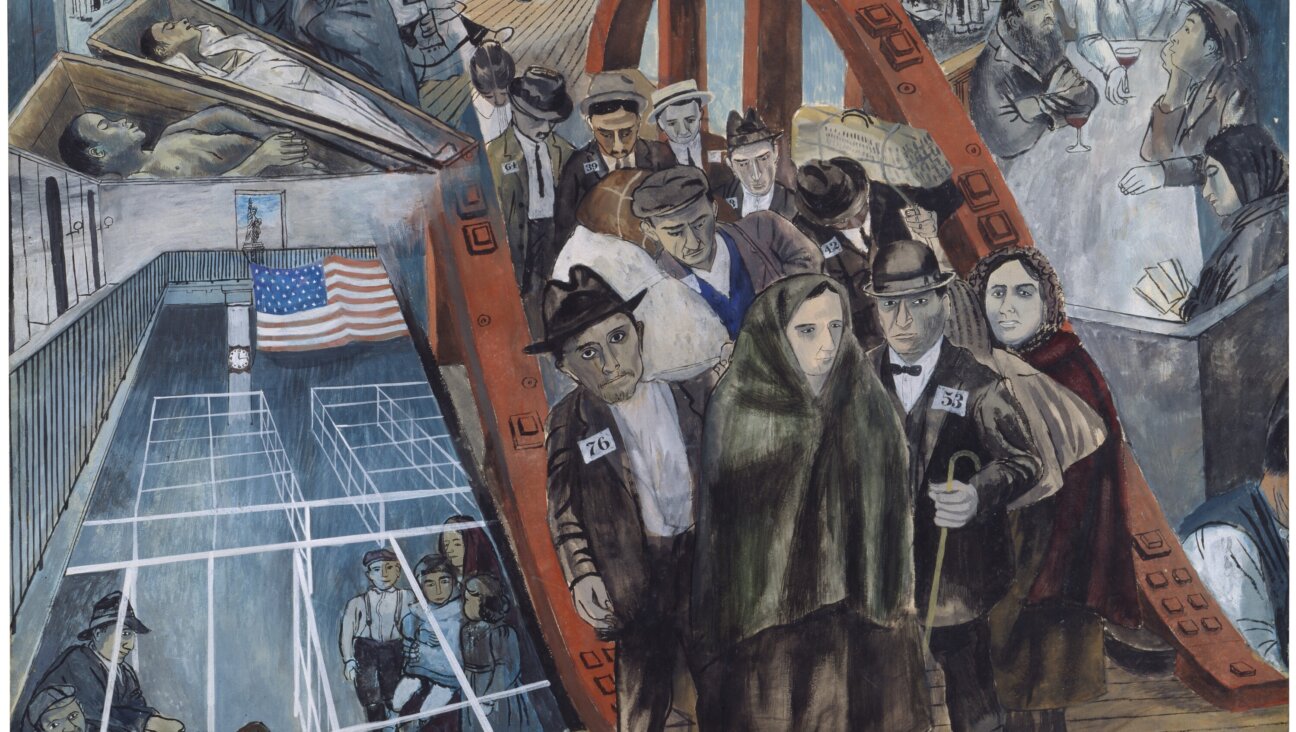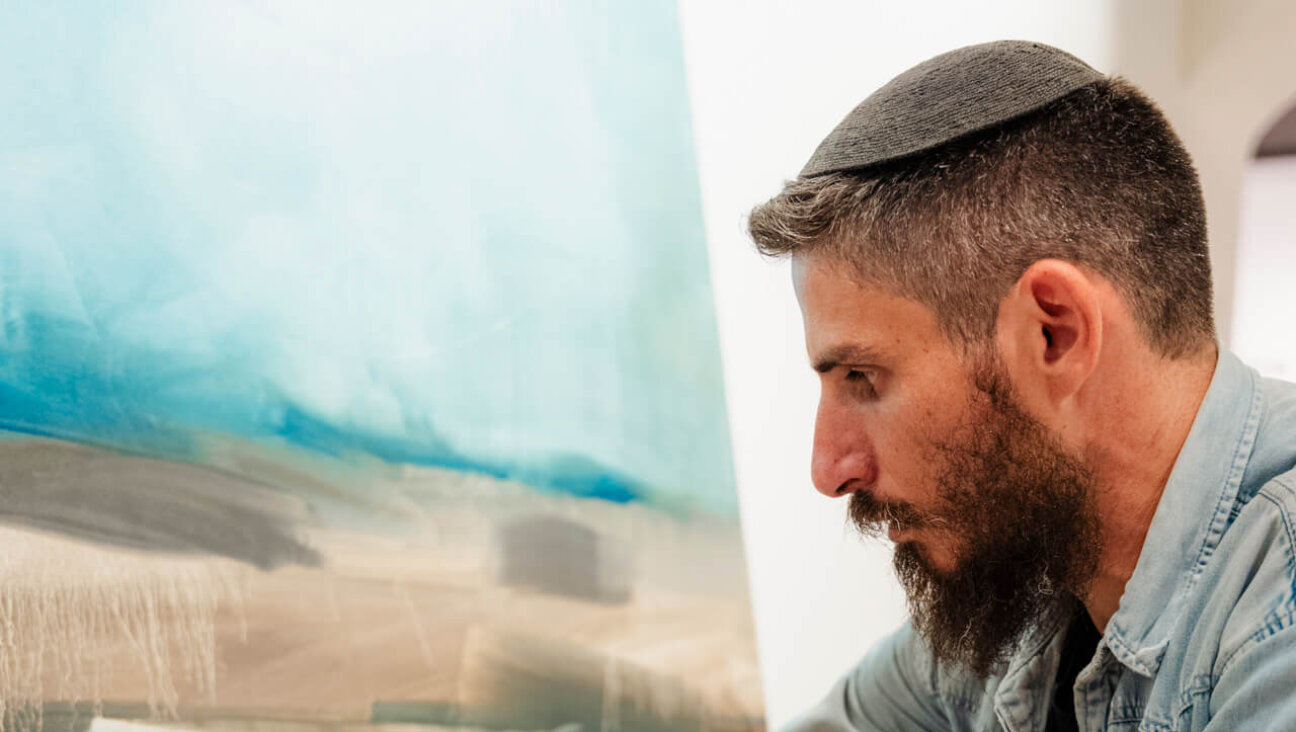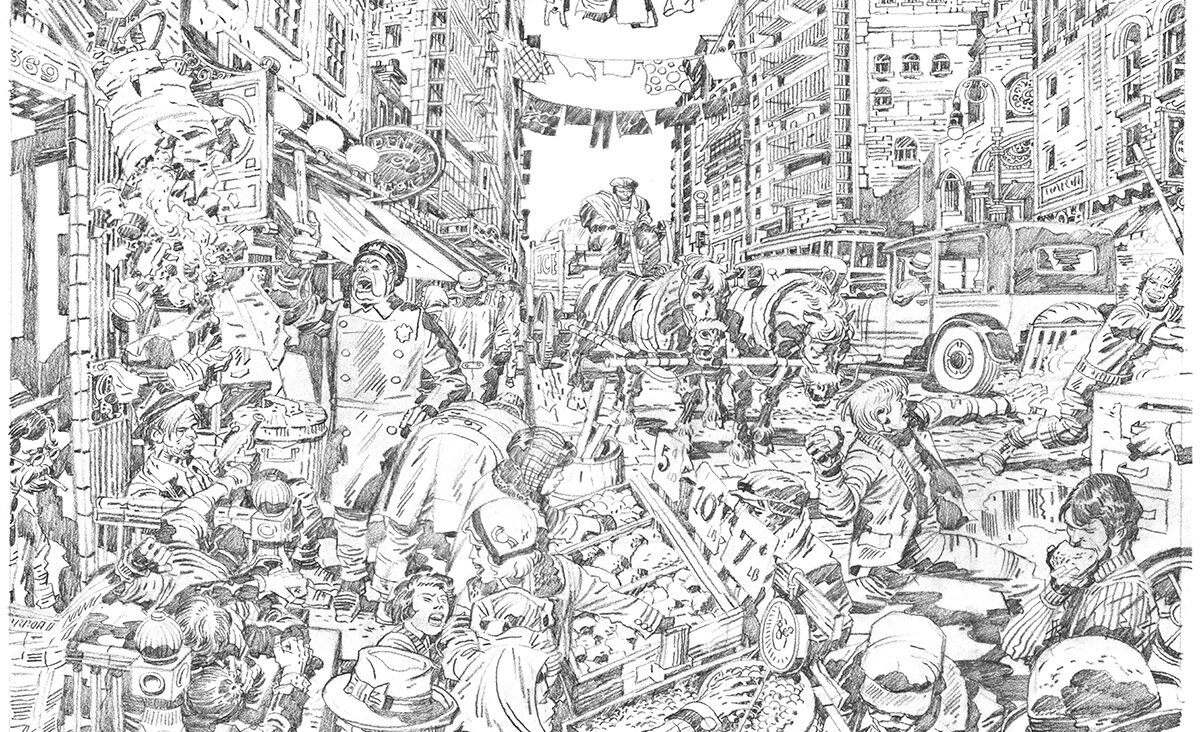The Art Institute Of Chicago’s New Website Has Over 50K Public Domain Artworks — Here’s What’s Jewish

Haymaking at Éragny, Date: 1892 Artist: Camille Pissarro French, 1830-1903 Image by Courtesy of the Art Institute of Chicago
The trouble with museums is they tend to stay in one place. While any museum’s permanent collection makes up the bulk of the institution’s bragging rights, those of us who don’t live near the Louvre, MOMA or the Art Institute of Chicago don’t have ready access to the masterpieces on display. Luckily for us, that last museum, the Windy City’s primary art establishment, is making sure its wealth of cultural artifacts is just a keystroke away.
Kottke.org reports that the Art Institute of Chicago has recently revamped its website for the first time in six years. The changes are more than merely cosmetic; the Institute has uploaded over 52,000 high-resolution images of public domain artworks to the site, all available without restriction.
“Students, educators, and just regular art lovers might be interested to learn that we’ve released thousands of images in the public domain on the new website in an open-access format (52,438 to be exact, and growing regularly),” the Art Institute wrote on its website. “We’ve also enhanced the image viewing capabilities on object pages, which means that you can see much greater detail on objects than before. Check out the paint strokes in Van Gogh’s ‘The Bedroom,’ the charcoal details on Charles White’s ‘Harvest Talk,’ or the synaesthetic richness of Georgia O’Keeffe’s ‘Blue and Green Music.’”

“Georgia O’Keeffe” Date: 1918 Artist: Alfred Stieglitz American, 1864–1946 Image by Courtesy of the Art Institute of Chicago

“Georgia O’Keeffe” Date: 1918 Artist: Alfred Stieglitz
American, 1864–1946 Image by Courtesy of the Art Institute of Chicago
Thanks to the photography of Jewish-American artist Alfred Stieglitz, who was to part of the Institute’s public domain culture dump, you can see several portraits of Georgia O’Keefe as well. Nearly 200 of Stieglitz’s photos, from street scenes to intimate pictures of O’Keefe, whom he was married to, the novelist Sherwood Anderson and painter Rebecca Salsbury Strand, are available for download. Other Jews ushered into high res include 163 paintings and sketches by Danish-French impressionist Camille Pissarro, French painter Henri Leopold Lévy and his painting “The Death of Orpheus” and a portrait by American photographer Sanford Roth.

“Sherwood Anderson” Date: 1923 Artist: Alfred Stieglitz
American, 1864–1946 Image by Courtesy of the Art Institute of Chicago

“The Flatiron” Date: 1903, printed 1920/39 Artist: Alfred Stieglitz
American, 1864–1946 Image by Courtesy of the Art Institute of Chicago

“Woman Bathing Her Feet in a Brook” Date: 1894/95 Artist: Camille Pissarro
French, 1830-1903

“The Crystal Palace” Date: 1871 Artist: Camille Pissarro
French, 1830-1903 Image by Courtesy of the Art Institute of Chicago
While the many Chagalls, Rothkos and Modiglianis in the Institute’s collection don’t make the cut for a Creative Commons Zero license, they are easily viewable on the new website.

“The Death of Orpheus” c. 1870 Artist: Henri Leopold Lévy
French, 1840-1904 Image by Courtesy of the Art Institute of Chicago
Of course a wealth of not-so Jewish work ranging from Old Dutch Masters to sculptures from antiquity is also available in fine detail. We just need to wait a bit for some of the more recent stars of Jewish art to make their way to fair use. In the meanwhile, we’ll have to make the trip to Chi-Town to enjoy them in the highest resolution available to us: real life.
PJ Grisar is the Forward’s culture intern. He can be reached at [email protected].






















